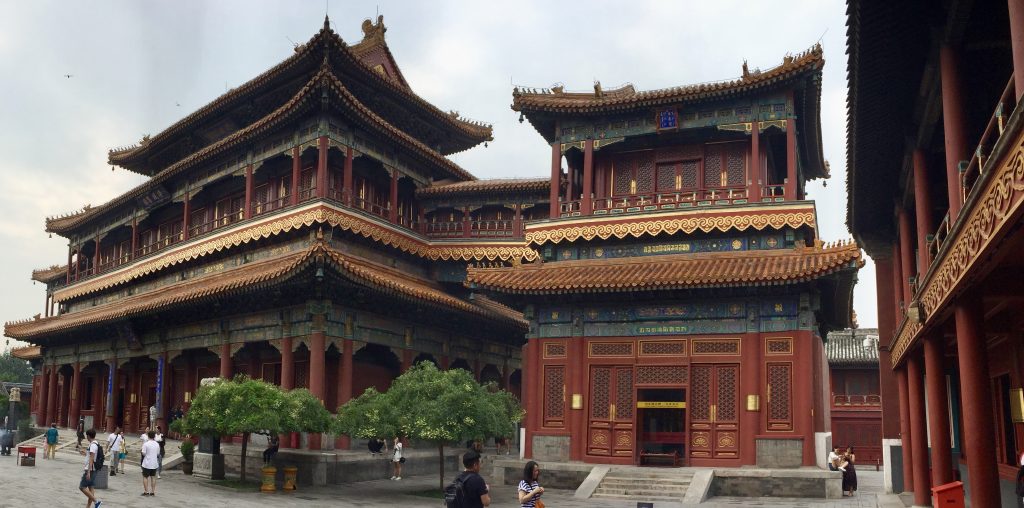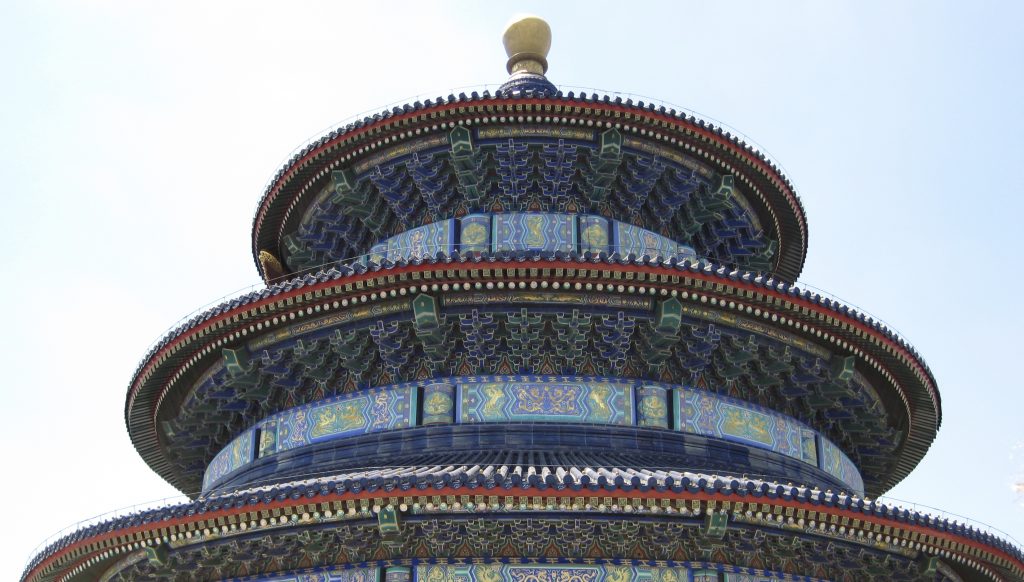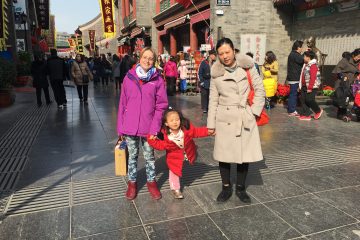Introduction
To get an idea of the “real Beijing” as it would have been in ancient times, head to the hutong districts. These former slum areas still retain their traditional architecture and atmosphere, with local family restaurants and community areas. However, the government has spent considerable money upgrading the facilities and improving access, making the hutongs now highly sought after.
While particular hutong streets are listed below, don’t be afraid to have a look around others you stumble across during your adventures around Beijing. They are located all over the city and often the more interesting ones are those less advertised to tourists.
Don’t miss
Bike tours
The best way to explore is definitely by bike. Either rent one from the many local shops around the forbidden city area, or join a bike tour. Bike Beijing is a particularly popular company, offering bike rentals from 100 RMB/ day and hutong guided bike tours.
Getting lost on foot
The hutong alleys can twist and turn, crossing with others and unexpectedly leading to dead-ends. While most tourists stick to one of the popular hutong streets, be brave and venture down these side-alleys to get a more genuine idea of traditional Beijing life. Don’t worry, you’ll eventually make your way out of the maze!
Nanluogu Xiang (Centipede Hutong)
One of the oldest streets in Beijing, the Yuan dynasty Nanluogu Xiang perfectly preserves the traditional architectural styles of ancient China. Nowadays it is becoming slightly more commercialised, with enterprising locals setting up small restaurants and speciality shops, due to its convenient location near the Bell and Drum Towers.
It links into Ju-er Hutong and Mao-er Hutong, both famous for their traditional gardens and former celebrity residences, some of which are open for visiting. Look out for the siheyuan (four-sided courtyards) – a traditional housing style in which four halls (often housing four different families) surround a central courtyard area.
Guozijian Hutong
Located near the Lama Temple and Confucius Temple, this traditional hutong is of particular interest for its four traditional Chinese archways and history as a centre of learning in the city.
Yandai Xiejie (Tobacco Pouch Street)
For a more sanitised introduction to the hustings, this cultural street is a great spot for purchasing souvenirs or hand-made items, trying local food and visiting the 500-year-old Guangfu Temple. It still retains the traditional hutong architecture, while being somewhat cleaned up for the tourists.
Practical info
Tickets: free
Opening hours: all day
Recommended visit: 2 hours.
Nearby
Hutongs 胡同

Lama Temple 雍和宫
Lama Temple 雍和宫

Temple of Heaven 天坛公园
Temple of Heaven 天坛公园



0 Comments